In a world where our homes are more than just shelters, understanding ‘well building residential’ is essential for creating spaces that promote health and sustainability. In our article, we delve into the pressing need for thoughtful design in residential areas. Discover how mastering the principles of well building can enhance your living environment, boost well-being, and even increase property value. Join us on this journey to transform your home into a haven of comfort and vitality!
Understanding Well Building Residential Concepts
The concept of well building residential focuses on creating living spaces that prioritize the health and well-being of their occupants. This holistic approach integrates various design elements, including natural lighting, air quality, and sustainable materials, to foster a healthier lifestyle.
Key Principles of Well Building Residential
- Sustainable Materials: Utilizing eco-friendly, non-toxic materials in construction.
- Natural Light: Designing homes to maximize daylight and minimize reliance on artificial lighting.
- Indoor Air Quality: Ensuring ventilation systems effectively filter pollutants and allergens.
- Thermal Comfort: Maintaining comfortable temperatures through efficient HVAC systems.
- Water Quality: Implementing filtration systems for clean drinking water.
| Principle | Description |
|---|---|
| Sustainable Materials | Use of eco-friendly materials in construction. |
| Natural Light | Maximizing daylight in living spaces. |
| Indoor Air Quality | Effective air filtration and ventilation. |
| Thermal Comfort | Efficient heating and cooling systems. |
| Water Quality | Advanced filtration systems for drinking water. |
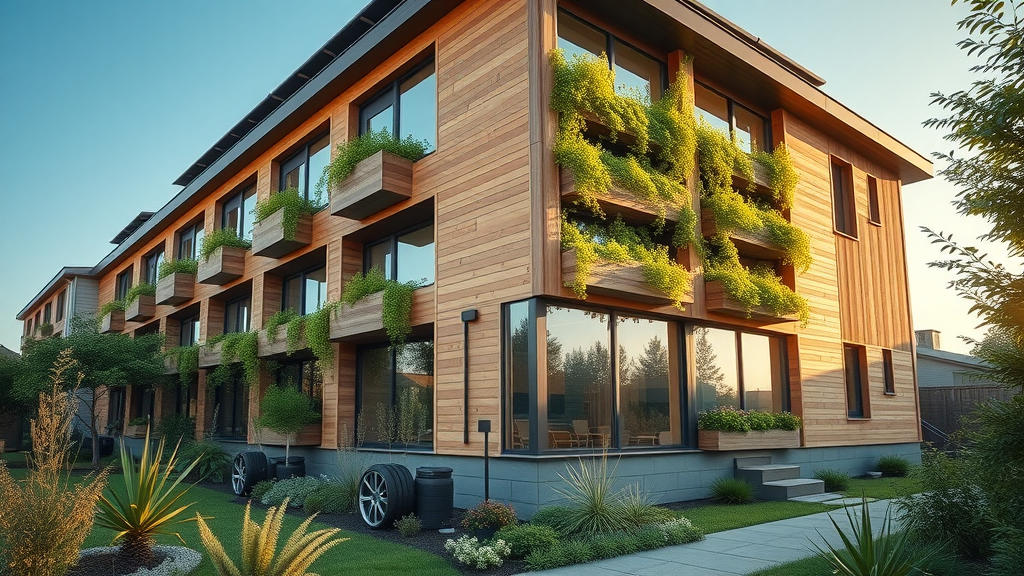
Incorporating these principles into residential design not only enhances the livability of a space but also contributes to a sustainable future. As we continue to learn more about the impact of our environment on health, the urgency of well building standards becomes increasingly clear.
“Homes designed with well building principles can significantly elevate both the quality of life and the economic value of a property.”
The Impact of Indoor Air Quality on Human Health
Indoor air quality (IAQ) is a crucial aspect of well building residential standards. Poor IAQ can lead to various health issues, including respiratory problems, allergies, and even chronic diseases. Therefore, ensuring optimal air quality in residential spaces is essential.
Key Factors Affecting Indoor Air Quality
- Ventilation: Adequate airflow helps dilute indoor pollutants.
- Humidity Control: Maintaining optimal humidity levels to prevent mold growth.
- Air Filtration: Using HEPA filters to trap airborne particles.
- Source Control: Minimizing emissions from household products and materials.
- Regular Maintenance: Keeping HVAC systems and ducts clean.
| Factor | Impact on IAQ |
|---|---|
| Ventilation | Dilutes pollutants and enhances freshness. |
| Humidity Control | Prevents mold and improves comfort. |
| Air Filtration | Traps harmful particles and allergens. |
| Source Control | Reduces indoor emissions and contaminants. |
| Regular Maintenance | Ensures systems operate efficiently. |

The correlation between real estate and indoor air quality is evident; properties with better IAQ ratings tend to have higher market values. According to a study by the Real Estate Innovation Lab at MIT, homes with improved air quality features can command a premium in the marketplace.
“Investing in better indoor air quality not only promotes health but also enhances property value.”
Pilot Projects Demonstrating Well Building Benefits
Pilot projects serve as practical examples of the advantages of well building residential standards. These initiatives highlight measurable outcomes, showcasing how thoughtful design can lead to positive health and environmental impacts.
Measurable Outcomes from Pilot Projects
- Increased Productivity: Residents report higher levels of productivity and focus.
- Improved Health: A reduction in respiratory illnesses and allergies among occupants.
- Higher Property Values: Enhanced marketability and valuation of properties designed with well building standards.
- Sustainable Practices: Reduced energy consumption and waste generation.
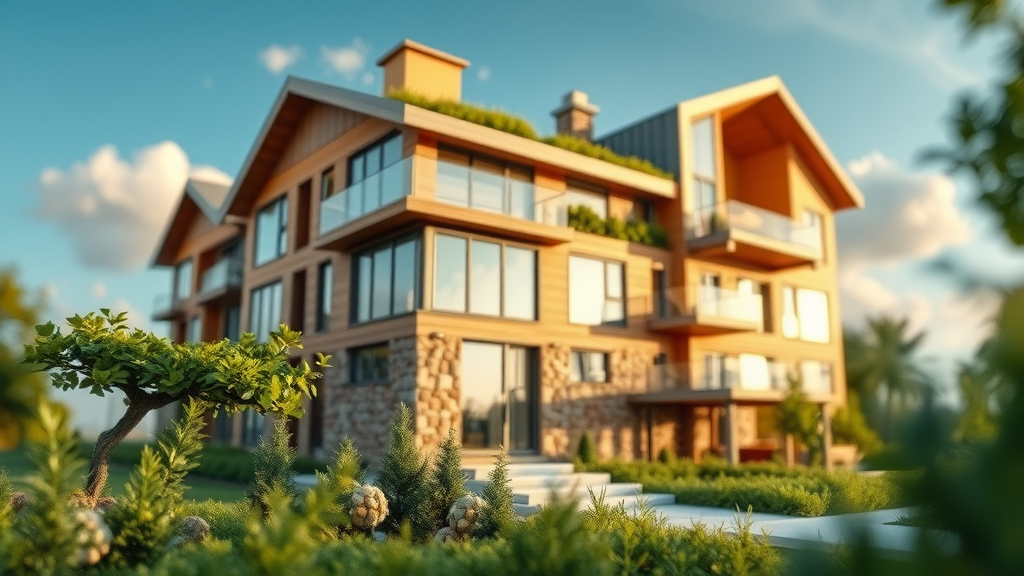
Building Design and Health & Wellness Integration
The integration of building design and health is a fundamental aspect of well building. Incorporating biophilic design principles, which emphasize the connection between nature and architecture, can lead to healthier living environments.
Key Design Techniques
- Open Spaces: Creating layouts that allow for natural movement and interaction.
- Natural Elements: Using plants and water features to promote tranquility.
- Flexible Spaces: Designing areas that can adapt to the residents’ needs.
| Technique | Benefit |
|---|---|
| Open Spaces | Enhances social interaction and movement. |
| Natural Elements | Promotes relaxation and reduces stress. |
| Flexible Spaces | Adapts to changing lifestyles and needs. |
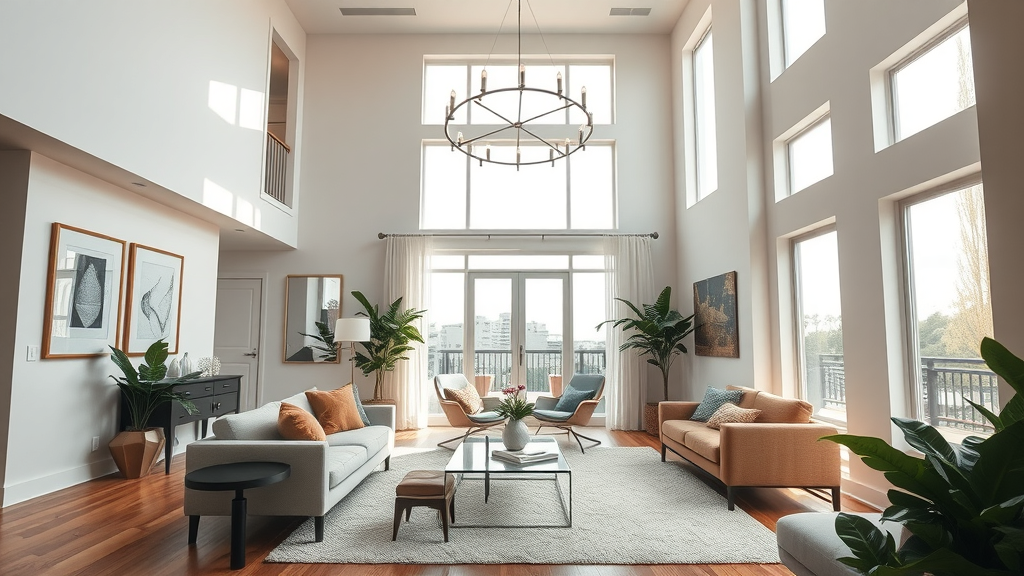
Water Quality and Its Role in Well Building Residential Standards
Water quality is a vital component of well building residential standards. Clean, safe drinking water is essential for health and well-being, making effective water management systems crucial in residential construction.
Importance of Water Quality
- Health Benefits: Reducing exposure to contaminants and ensuring access to clean water.
- Sustainability: Efficient water systems minimize waste and promote conservation.
- Comfort: Enhancing the overall living experience through better water systems in kitchens and bathrooms.
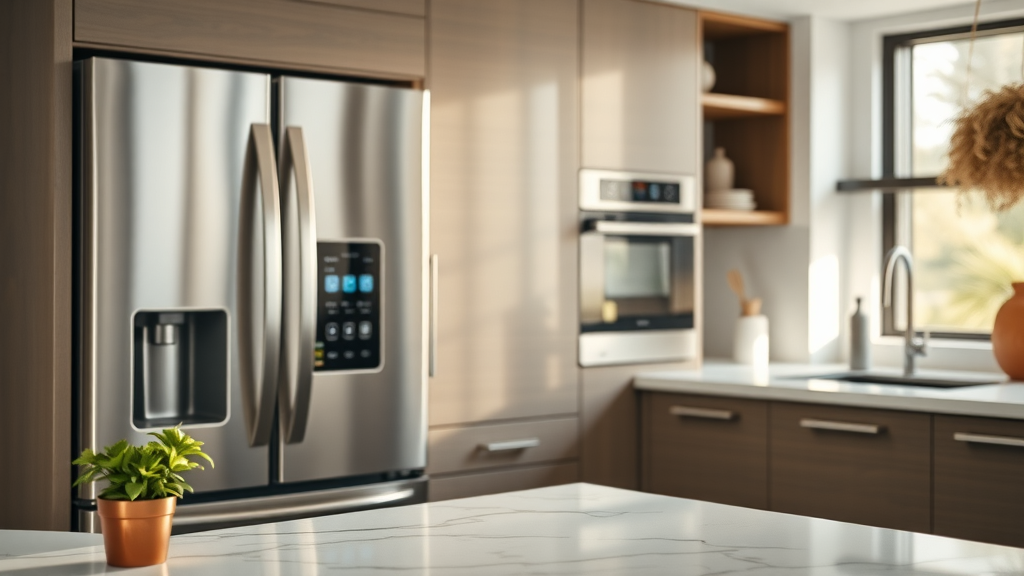
The Future of Building Standards: The Role of the International Well Building Institute
The International Well Building Institute (IWBI) plays a pivotal role in establishing and promoting well building standards. Their guidelines help architects, builders, and homeowners create spaces that support health and well-being.
Key Contributions of IWBI
- Certification Programs: Offering standards for buildings to achieve well certification.
- Research and Development: Leading studies on the impacts of building design on health.
- Community Engagement: Promoting awareness and education about healthy building practices.

Conclusion: Key Takeaways for Well Building Residential Standards
The journey to creating a well building residential space is both exciting and important. By understanding the principles of well building, recognizing the impact of indoor air quality, and learning from successful pilot projects, homeowners can enhance their living environments significantly.
Key Takeaways
- Prioritize air quality: Invest in ventilation and filtration systems to ensure clean indoor air.
- Focus on sustainable materials: Use eco-friendly materials that promote health and reduce environmental impact.
- Enhance water quality: Implement advanced filtration systems for safe drinking water.
- Engage in community efforts: Support initiatives and organizations that promote well building standards.
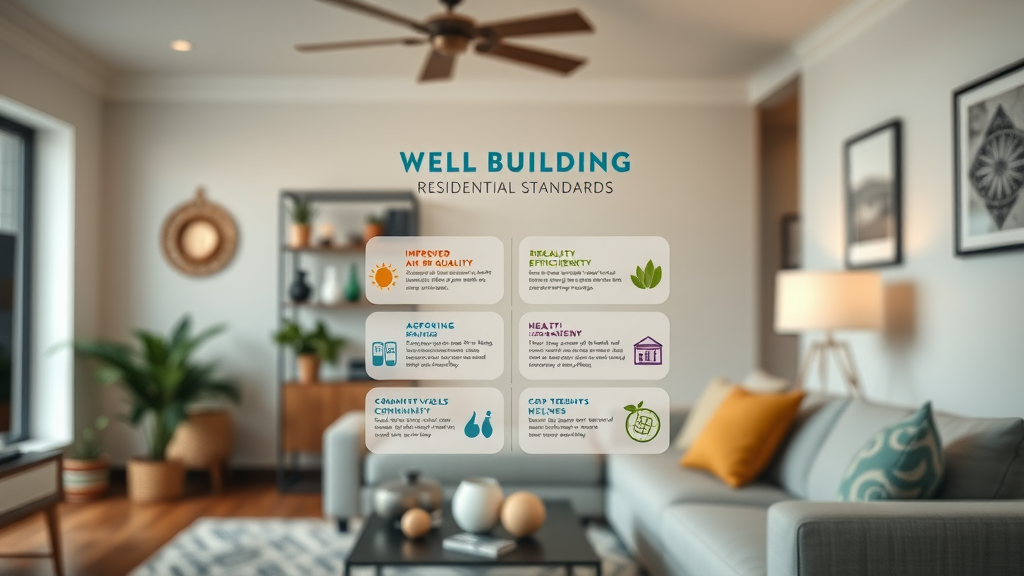
By integrating these principles into residential design, you can transform your home into a sanctuary of health, sustainability, and comfort.
Frequently Asked Questions (FAQs)
What is well building?
Well building refers to a design approach that prioritizes health and well-being within residential spaces, focusing on factors like air quality, thermal comfort, and sustainable materials.
How can I implement well building practices in my home?
Start by assessing your current living environment and making improvements in areas like air filtration, natural lighting, and water quality systems.
Are there financial benefits to well building?
Yes, properties designed with well building standards often have higher market values and can lead to savings on energy costs due to improved efficiencies.
Where can I learn more about well building standards?
The International Well Building Institute offers resources, certification programs, and research on well building practices.
By embracing the principles and standards of well building residential design, you can create a healthier living environment, enhance your property value, and contribute positively to the community.
 Add Row
Add Row  Add
Add 

Write A Comment